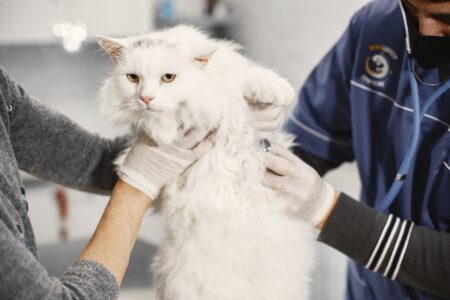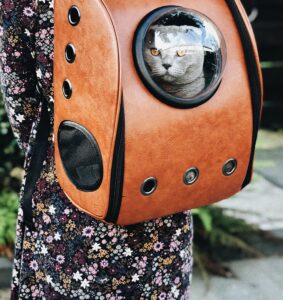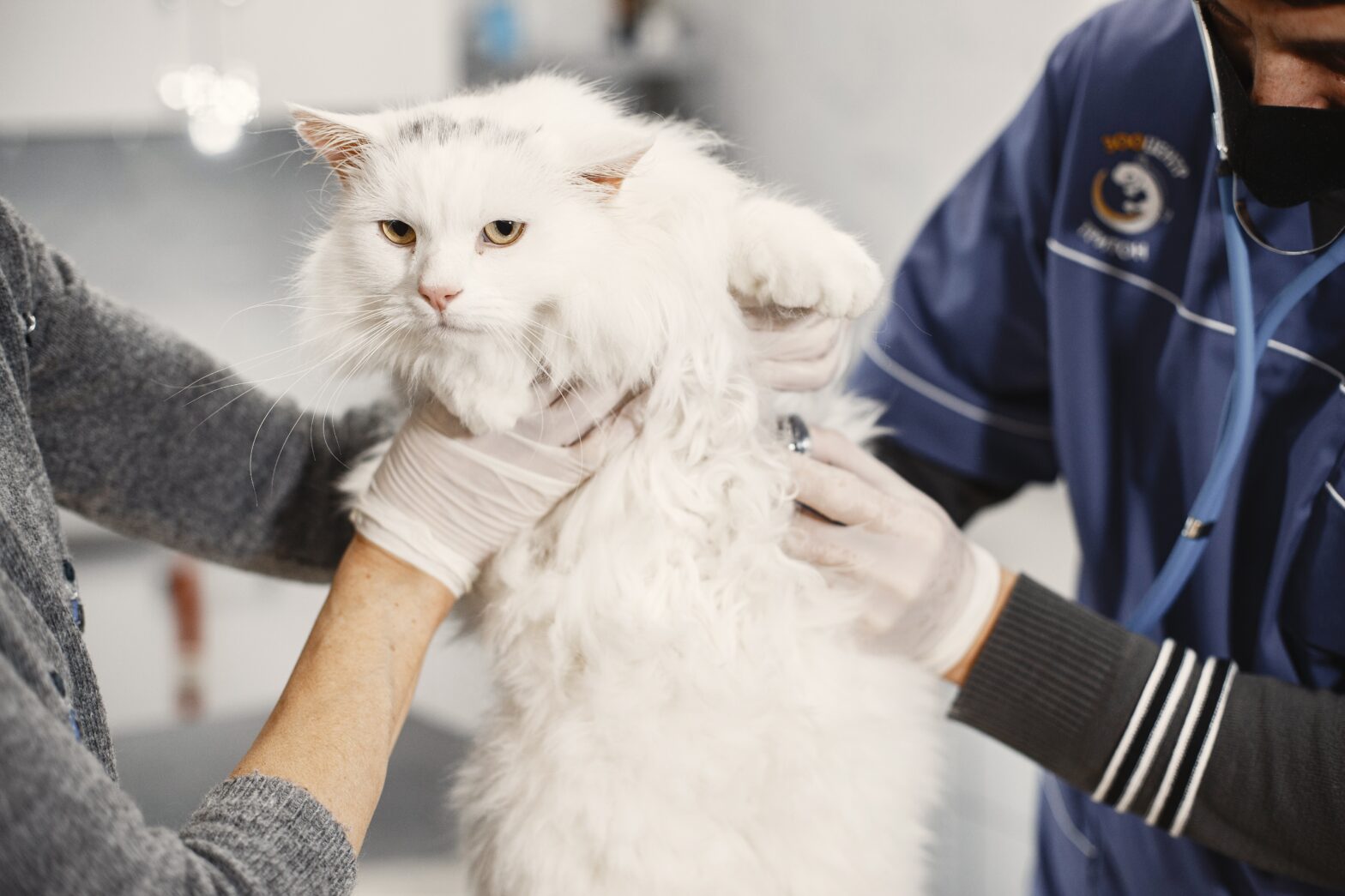Although traveling with a bonded pair of cats can ease the stress of traveling with more than one pet, cats are generally accustomed to roaming freely in their controlled environments, so the airport can be challenging for them. With so many people and different commotions in the airport and plane, it can be hard to pinpoint how to take two cats on a plane peacefully. If your cats are older than the recommended flying age of at least eight weeks (deviating from this recommendation can result in fatal consequences) and have been through their health checks, your furry friends can join you on your next flight.
Documentation And Health

It is important to ensure your cats are in good health before embarking on a journey. If you incorrectly assume your two cats are healthy and can be taken on a plane safely, it may result in a dangerous situation. A quick check up with the vet is highly advised. This way you can know your cats’ health status and make sure they can physically handle your travel goals. This also protects the health of other pets and people who may be in close proximity to them while traveling.
While stress is a concern, your cats both need to have strong hearts and lungs to handle things like changing cabin pressure and possible turbulence. Generally, veterinary fees for health exams range from around $100-$500 per pet.
Vaccination Tags & Certificate Of Veterinary Inspection
A vaccination tag is verification that each pet is free from fleas, tics, rabies and other illnesses. The certificate of veterinary inspection is like your pets passport and provides proof of a recent clean bill of health (verifying that pets are free of skin problems, internal issues, etc.). Be sure to carry both on your person throughout the airport and on the plane in case of complications. Additional considerations may be needed for those flying with emotional support animals.
Soothing Your Felines
Ensuring pets are the most comfortable they can be during travel is of utmost importance. Although some cat owners opt to sedate their cats before plane travel, this method is not recommended. Sedating cats for travel, while it can provide a sense of peace for pet owners, can be dangerous. Sedation impacts the heart and lungs and those organs are in constant fluctuation during a flight (especially if pets are traveling in the cargo storage area) so that can pose a health risk. If the benefits of sedation are preferred while traveling with cats, consider alternatives to sedation like pheromone travel spray on their toys or bedding to make cats more comfortable while traveling.
Preparation And Practice
Traveling alone can be stressful, so traveling with pets can be a challenging endeavor unless plans are made to secure a relaxing experience for both the traveler and their cats. Securing a carrier with ample space is important to being prepared to travel on a plane with two cats. While in a comfortable and relaxed environment, it is recommended to get your cats acquainted with their carrier before their trip by placing familiar or favorite items such as toys or blankets inside the carriers. After their owner’s or bonded sibling’s scent is in the carrier, they will feel more comfortable entering the carrier, especially if they are naturally skittish. To prepare them for the hustle and bustle of the airport, pet owners can even do a practice run with their pets. Place the cats in their carrier, put a familiar blanket sprayed with pheromone travel spray on top of the carrier (which is recommended to block out overstimulating environments), and observe their response.
Airlines, Fees, And Stowing

Most airlines have limits and regulations when it comes to traveling with two or more cats. Both cats usually need to fit inside one carrier, so researching weight and carrier dimension restrictions is important. Also, most airlines will not allow you to open the carrier if you have your pets in the seat with you (as opposed to the furry felines traveling as cargo with the luggage). It is important to ensure that cats sharing a carrier get along since they may need to share a limited space for an extended time. If they do not get along, placing them in a confined space together for an extended period of time in a new environment may lead to signs of aggression or fights. If this is the case, opt to have them in separate carriers, which may incur a fee from the airline for accommodations.
Fees are expected when traveling with pets, but the price range depends on the airline. Most pet travel fees are around $100-$200 and some airlines require people traveling with multiple pets to purchase extra seats, which would be an additional travel cost. It is recommended to research the carrier and seating policies for particular airlines and pick which works best for the trip ahead.
